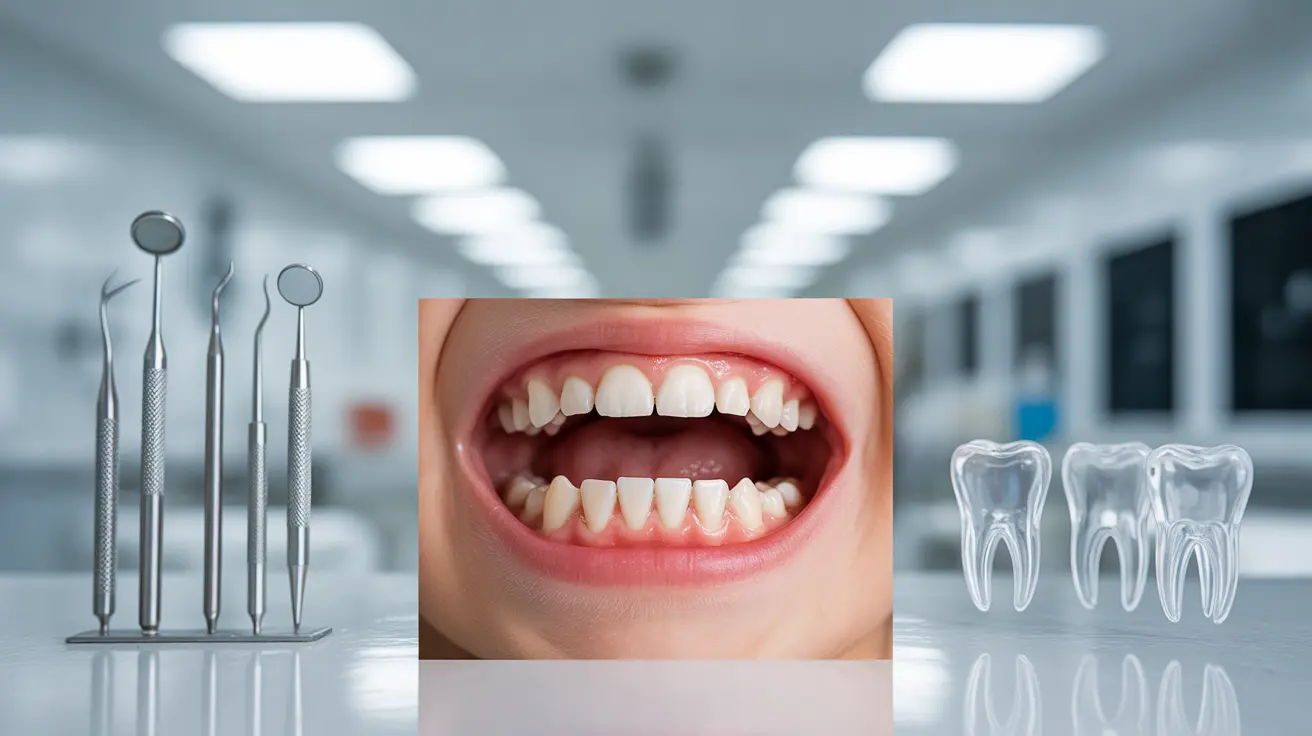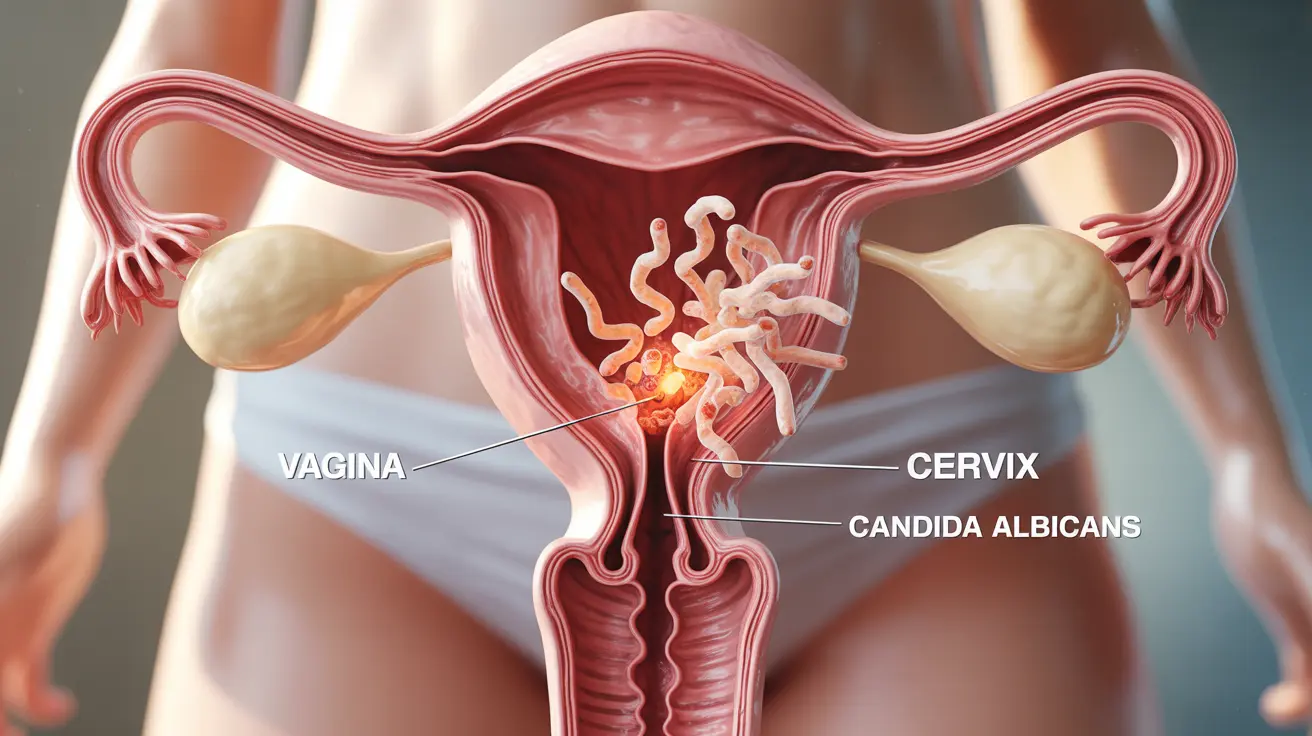Pacifiers provide comfort and soothing relief for countless infants and toddlers, offering parents a valuable tool for calming fussy babies and promoting better sleep. However, extended pacifier use can lead to dental concerns that many parents aren't aware of until problems become visible.
Pacifier teeth, a term describing the dental changes that can occur from prolonged pacifier use, represents one of the most common orthodontic issues affecting young children. Understanding how pacifier habits influence dental development empowers parents to make informed decisions about when and how to use these comfort items while protecting their child's oral health.
How Pacifier Use Affects Dental Development
The constant sucking motion and pressure from pacifiers can gradually alter the natural positioning of teeth and the shape of the oral cavity. When children use pacifiers beyond the recommended age, the repetitive sucking action places sustained pressure on developing teeth and jaw structures.
This pressure typically affects the front teeth most significantly, pushing the upper front teeth forward and causing the lower front teeth to tip backward. The resulting changes create what dental professionals commonly refer to as an anterior open bite, where the front teeth don't meet properly when the mouth is closed.
Additionally, prolonged pacifier use can influence the development of the roof of the mouth, potentially creating a higher, narrower palate. This architectural change in the mouth can affect speech development and may contribute to breathing difficulties in some children.
Recognizing the Signs of Pacifier-Related Dental Issues
Parents can watch for several telltale signs that indicate pacifier use may be affecting their child's dental development. The most obvious sign is protruding upper front teeth, often called "buck teeth," which become more pronounced with continued pacifier use.
An open bite represents another common indicator, where a gap remains between the upper and lower front teeth even when the child closes their mouth. This gap can interfere with normal biting functions and may affect how children eat certain foods.
Changes in speech patterns, particularly difficulty pronouncing certain sounds like "t," "d," "s," and "z," can also signal that pacifier use is impacting oral development. These speech changes occur because the altered tooth positioning affects tongue placement during sound production.
Timing Matters: When to Discontinue Pacifier Use
The American Academy of Pediatric Dentistry recommends weaning children from pacifiers by age 3, with many experts suggesting discontinuation even earlier, around 12 to 18 months. This timeline aligns with critical periods in dental development when intervention can prevent long-term orthodontic problems.
During the first year of life, pacifier use generally doesn't cause permanent dental changes because baby teeth are still emerging and jaw structures remain highly adaptable. However, as children approach their second birthday, continued pacifier use begins to exert more significant influence on permanent tooth positioning.
Early weaning becomes particularly important for children who demonstrate intense or frequent pacifier use, as these habits create more sustained pressure on developing oral structures. Parents should monitor not just the frequency of use but also the intensity of their child's sucking behavior.
Treatment Options for Pacifier-Related Dental Changes
The good news for parents concerned about existing dental changes is that early intervention can often reverse pacifier-related problems, especially when addressed promptly after habit cessation. Many mild cases of protruding front teeth or minor open bites naturally improve within six months to a year after stopping pacifier use.
For more significant dental changes, pediatric dentists may recommend specific treatment approaches. Habit-breaking appliances can help children who struggle to stop thumb sucking or residual oral habits that may continue even after pacifier weaning.
In cases where natural correction doesn't occur, orthodontic treatment may become necessary. However, most orthodontists prefer to wait until children have developed more of their permanent teeth before beginning comprehensive treatment, typically around ages 7 to 9.
The Hidden Dangers of Sweetened Pacifiers
Some parents unknowingly compound dental risks by dipping pacifiers in sweet substances like honey, syrup, or fruit juice, thinking these additions will make pacifier weaning easier or provide additional comfort. This practice creates serious oral health hazards beyond the mechanical effects of pacifier use itself.
Sweet substances feed harmful bacteria in the mouth, leading to rapid tooth decay and cavities. The combination of prolonged exposure to sugars and the constant presence of a pacifier creates an ideal environment for dental caries to develop, particularly in the front teeth that have the most contact with sweetened pacifiers.
Additionally, honey poses specific risks for children under 12 months due to the potential presence of botulism spores, which can cause serious illness in infants whose immune systems haven't fully matured.
Strategies for Safe Pacifier Use
Parents who choose to use pacifiers can implement several strategies to minimize dental risks while still providing comfort for their children. Selecting orthodontic pacifiers designed to reduce pressure on teeth and palate represents one important step in risk reduction.
Limiting pacifier use to specific times, such as naptime, bedtime, or particularly fussy periods, helps reduce overall exposure while still providing comfort when children need it most. Avoiding all-day pacifier use prevents the sustained pressure that contributes to dental problems.
Regular cleaning and replacement of pacifiers maintains oral hygiene and prevents bacterial buildup. Parents should inspect pacifiers regularly for signs of wear or damage that could pose choking hazards or reduce their orthodontic benefits.
Creating a gradual weaning plan helps children transition away from pacifiers more easily. This might involve progressively limiting usage times, offering alternative comfort items, or implementing reward systems that encourage pacifier-free periods.
Frequently Asked Questions
What dental problems can develop from prolonged pacifier use, and when do they usually appear?
Prolonged pacifier use can lead to several dental issues including protruding upper front teeth (overbite), anterior open bite where front teeth don't meet, and changes to palate shape. These problems typically become noticeable after age 2, with more pronounced changes developing as pacifier use continues beyond age 3. The severity depends on the duration, frequency, and intensity of pacifier use.
At what age should pacifier use be stopped to prevent pacifier teeth and bite issues?
Most pediatric dentists recommend discontinuing pacifier use by 12-18 months, with a firm cutoff by age 3. Stopping before age 2 significantly reduces the risk of permanent dental changes, as baby teeth are more adaptable during the first year of life. Children who continue using pacifiers beyond age 4 face higher risks of requiring orthodontic treatment later.
Can pacifier teeth caused by sucking habits be reversed or treated without orthodontics?
Many mild cases of pacifier teeth can naturally correct themselves within 6 months to 2 years after stopping the habit, especially if discontinued before age 3. The younger the child when they stop using pacifiers, the better the chances for natural correction. However, more severe cases or those persisting after natural correction time may require orthodontic intervention or habit-breaking appliances.
How does dipping pacifiers in sweet substances affect my child's dental health?
Dipping pacifiers in honey, syrup, juice, or other sweet substances dramatically increases the risk of tooth decay and cavities. The sugar feeds harmful bacteria in the mouth, creating acid that erodes tooth enamel. This practice can lead to severe early childhood caries, particularly affecting the front teeth. Additionally, honey poses botulism risks for infants under 12 months old.
What steps can parents take to safely use pacifiers while minimizing the risk of dental problems?
Parents can minimize risks by choosing orthodontic pacifiers, limiting use to specific times like sleep or extreme fussiness rather than all-day use, never dipping pacifiers in sweet substances, and maintaining proper cleaning routines. Creating a weaning plan by 12-18 months, offering alternative comfort items, and regular dental checkups also help ensure safe pacifier use while protecting dental development.




